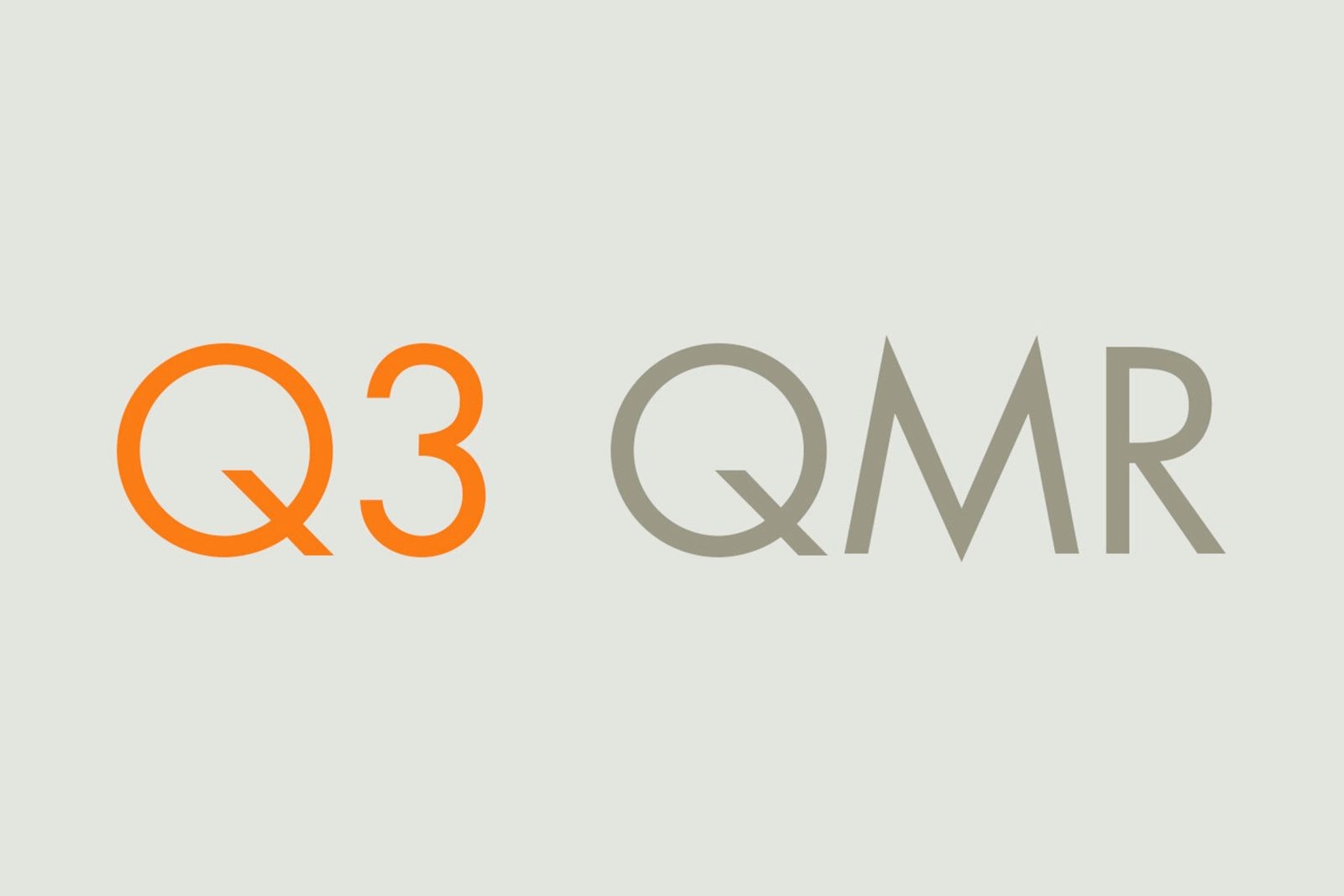Outlook and Review for the Third Quarter and September 2020


Outlook and Review for the Third Quarter and September 2020
Volatility made a comeback in September, as anticipated given historical trends, particularly during the seasonally weak period of August and September. These months have, on average, displayed poorer performance since 1950. Despite an exceptional August – the best in 34 years – U.S. equity benchmarks retreated by 9% to 14% from their September highs.
Numerous factors contributed to this decline. Ongoing uncertainty surrounds the timing and public acceptance of a Covid-19 vaccine, casting doubt on the prospects for future economic growth. The stalemate in Congress over a second stimulus package compounds these worries. Furthermore, the passing of Justice Ginsberg has exacerbated tensions between the two political parties, if that’s even conceivable. Equity valuations have soared well above historical norms, making them susceptible to mean reversion. The impending Presidential election carries significant economic and social implications, with an increasing likelihood of contested results. Relations with China remain strained, and despite the Federal Reserve’s clear commitment to “do whatever it takes,” specific details about recent changes to their monetary policy toolkit are lacking. As we approach Q3 earnings season, corporate guidance remains limited. The profound economic impact of Covid-19 and forced shutdowns has led fewer companies to issue EPS guidance. According to Factset, only 53 S&P 500 companies provided quarterly guidance in Q2, the lowest number since tracking began in 2006. Q3 saw only 67 S&P 500 companies issuing guidance, a 36% drop from the five-year average of 104.


Amidst this volatility and uncertainty, some economic data offers a glimmer of hope. New home sales in August reached their highest level in nearly 14 years, with new single-family home purchases surging by 4.8%. Consumer confidence rebounded significantly in September, marking the largest increase in 17 years. The Chicago PMI reported its highest level since December 2018, indicating expansion in various business indicators. Despite missing the median estimate, September nonfarm payrolls increased by 661,000, pushing the unemployment rate down to 7.9%.


Looking at index and sector performance total returns, all major U.S. equity benchmarks declined in September, with the S&P 500 and Dow Industrials experiencing four consecutive weekly drops. The Nasdaq 100 faced its first double-digit drawdown since the recovery began. Meanwhile, the Russell 1000 Value Index outperformed Growth but still exhibited its worst relative performance since inception in the late 1970s.



In terms of sector performance, only Materials and Utilities ended higher in September, while Energy, Communications, and Technology lagged behind. Rates saw modest fluctuations, while commodities saw a decline, particularly in WTI crude and precious metals. The U.S. Dollar Index rebounded slightly. As we look ahead, uncertainties persist in 2020, amplified by President Trump and the First Lady contracting Covid-19 just weeks before the election. The upcoming flu season adds another layer of uncertainty, impacting daily Covid-19 cases and the economy. Despite a robust economic recovery, funds may run out in Q4 without further fiscal stimulus, with negotiations ongoing. Amidst political divisiveness, a Supreme Court confirmation battle, and the Presidential election, historical data suggests that Q3’s strength may bode well for Q4, with the S&P 500 historically gaining an average of 7.3% when Q3 displayed such strength. The seasonal chart below illustrates the average S&P 500 performance over the past 30 years, indicating that the recent SPX declines may already be approaching or at a seasonal low if 2020 follows a similar path



Get back to Seikum News 🤓




